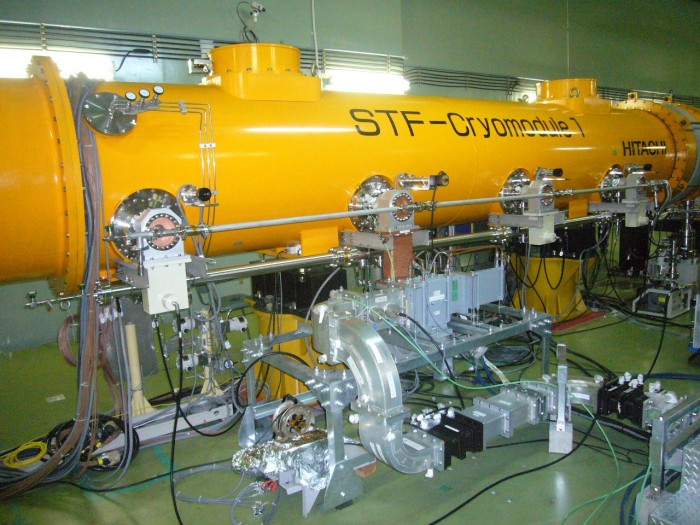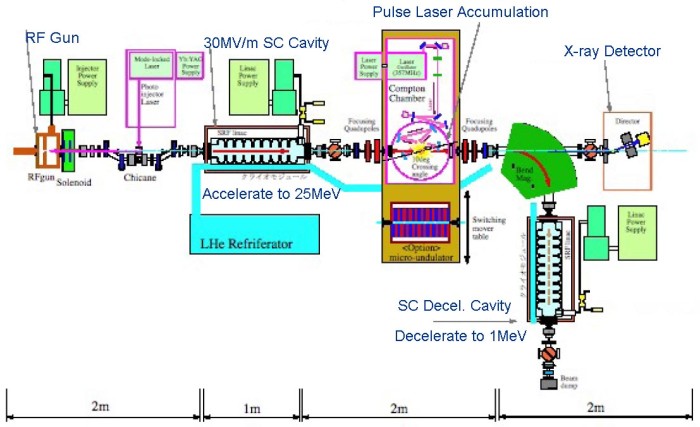Director's Corner
9 October 2008
 Barry Barish |
Preparations for S1-global at the STF at KEK
Research and development on superconducting radiofrequency (rf) cavities, cryomodules and operational units is at the core of our programme to develop the technologies, the best possible machine design and an implementation plan for the ILC. As a central part of that programme, KEK is carrying out an ambitious plan to build and operate a test linac with high-gradient superconducting cavities. It will serve as a prototype of the main linac systems for ILC. I recently had the opportunity to observe the installation, where testing of cavities in ILC prototype cryomodules for the first phase of the projected ILC test programme on the Superconducting rf Test Facility (STF) has recently started with all four cavities installed already. One cavity has successfully been powered to 28.5 MV/m, the rest will be powered soon.
The programme at STF is working towards one of our major goals that we call S1-global. The object of this programme is to install eight cavities in two cryostats to demonstrate operation at more than 31.5 MV/m, the ILC's design gradient. It is a global effort because it combines efforts and equipment coming from different collaborating laboratories: the eight cavities will be made up of two from DESY (Tesla-type with a French tuner), two from Fermilab (Tesla-type with a Blade tuner) and four from KEK (BL Tesla-type with a SlideJack tuner). INFN will construct a new cryostat for the DESY and Fermilab cavities.
Integrating all this different equipment together into a combined system test will be a very useful exercise in "plug compatibility" and in international collaboration. S1-global's cryomodule is scheduled to be equipped with the final cavities during the first half of 2010 with tests performed the rest of that year.
We had planned to follow S1-global directly by preparations for a full system test at the level of one full rf unit that we call S2, using components that are as close to final design as is possible. However, a new development at KEK makes us reconsider our options, goals and schedules. KEK has had the good fortune of obtaining significant funding for a new project based on possible applications of our ILC superconducting cavities.
The new grant is for development of a "Quantum Beam Project." The idea is to develop a compact and affordable high-intensity X-ray light source that could have broad applications in universities, industries, etc. Technically, it will employ an rf gun as a source, one of our ILC cavities to accelerate electrons to 25 MeV and laser-Compton scattering to produce the X-rays. The project is funded for five years with completion in 2012.
This is a very good opportunity to develop possible applications for superconducting rf ILC-like technology. On the other hand, the present plan is to install and develop it at the front end of the STF test facility, using the efficiency of sharing various components with the ILC test programme. This will have an impact on the schedule for our tests of a full rf unit and we now need to assess and explore our options how to accommodate this new R&D project and keep our own programme moving forward.
-- Barry Barish

